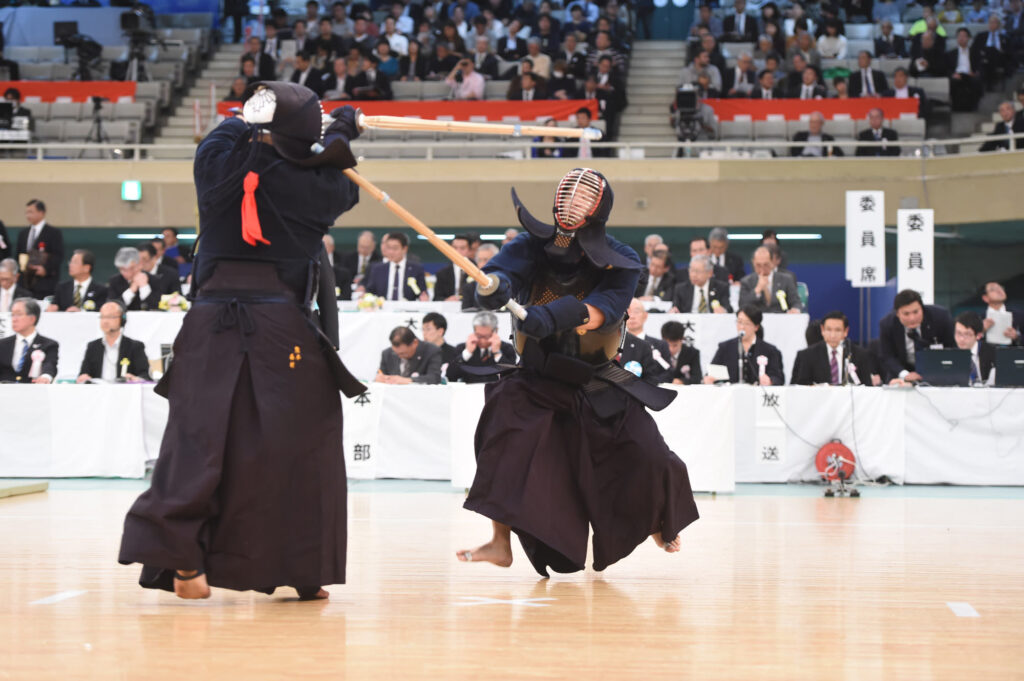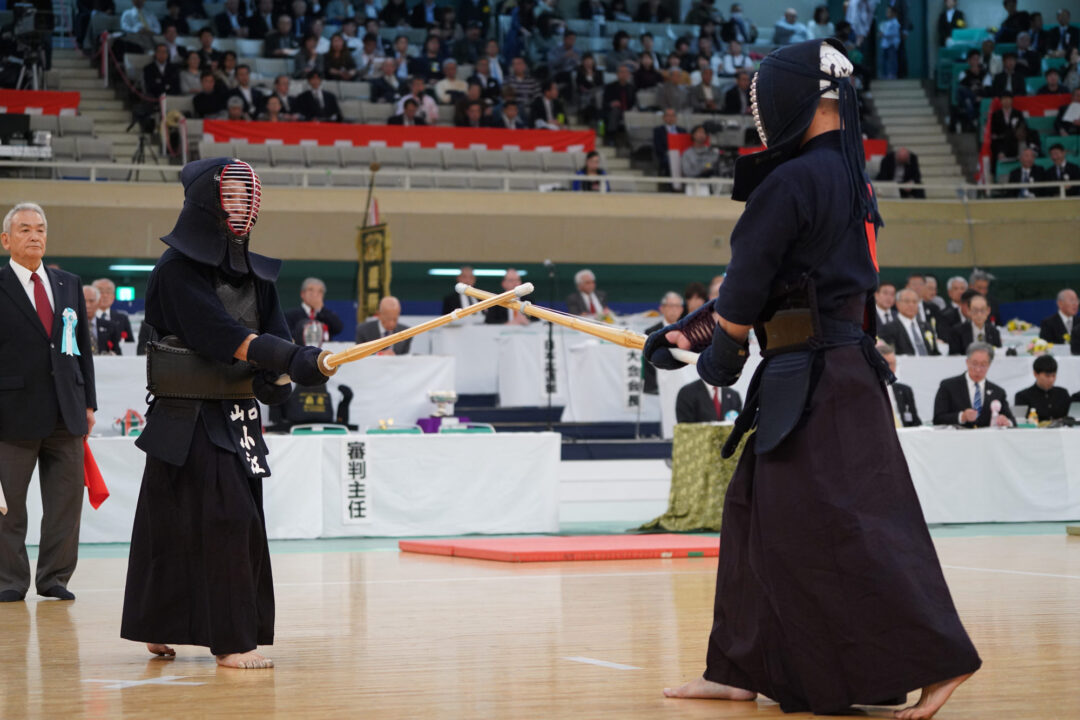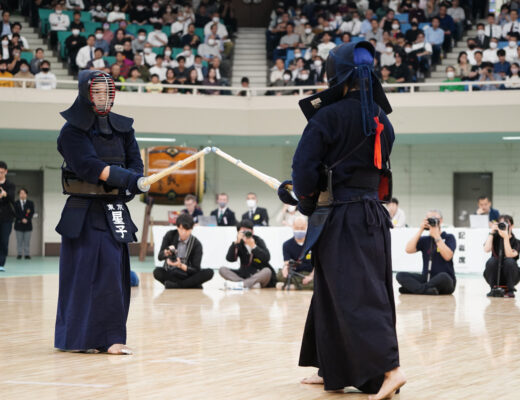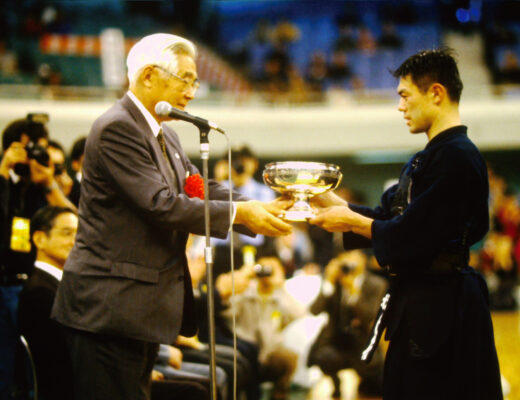KENDOJIDAI 2021.3
Translation: Pepijn Boomgaard
How to turn Kote into Ippon
Murakata Kosuke (Fukuoka)
Born in 1985 in Fukuoka Prefecture. Went to Nagasaki Nanzan High School and Chuo University. After graduating, he went on to join the Fukuoka Prefectural Police. His achievements include participating in the All Japan Championship, participating in the All Japan Tozai-Taiko, and getting 2nd and 3rd place at the All Japan Interprefecture Championship. Currently, he is the captain of the Fukuoka Prefectural Police Tokuren. Kendo Renshi 7th Dan.

It was not until I was in my late 20’s that I began to seriously work on improving my kote technique. Until then, I had mostly focussed on Men, relying on my speed and power. As I often lost to Kaeshi-do, my matches ended up being nothing more than a gamble. As I got older, I started to play a more important position in team matches, and I felt like I could no longer depend on luck to win my matches.
I often strike Kote from below. I don’t mean striking after dropping my Kensen. Imagine switching from Omote to Ura using the shortest distance from below. Please imagine striking Kote from below when you read this.
I currently pay attention to three things when striking Kote.
First, I try to perform both Men and Kote with the same Seme and from the same distance. Obviously, when the Seme and distance for your Kote and Men strikes are different, your opponent will quickly realize what you’re doing. They can then easily defend against your attack, or even use it to their advantage. It may sound simple, but as Kote is closer than Men, it is easier to hit. People might lack the patience to pressure and step in as deep as they would when striking Men, so it’s difficult. By being patient as I step in and apply Seme, I can build up Tame to strike when the opportunity is there without letting my opponent figure out what I’m trying to do.
Second, avoid striking with only your arms. In Kendo there’s a saying that goes, “don’t strike with your arms, strike with your feet. Don’t strike with your feet, strike with your hips.” If you strike with only your arms, the chances of your Kote strike becoming Ippon are low, even if you hit the correct target. As mentioned before, Kote is closer than Men. If you strike from the same distance, Kote is easier to reach. You can reach it by just extending your arms. If you don’t use your feet and your upper body leans forward, you will strike with bad posture. This will lead to striking with just your arms. To avoid this, I try to strike Kote from Kamae without extending my arms. I focus on using my entire body to strike.
Third, don’t think of the target area as a single point, think of it as a surface.
In other words, make the area of the shinai with which you strike wider. When striking Kote, sound is also very important. Through trial and error, I found out that the best way to get a good clear sound is by hitting with the surface of your Shinai, instead of just striking with the tip. The key point is not to extend your arms. Instead, slightly lower your left fist at the moment of impact.
I am trying to integrate these three points in my Kote technique. Although it is still in its infancy, there is no doubt that my Kendo has broadened as a result of improving my kote technique. By pressuring Kote, your opponent will become wary of Kote and their Men will open up. Conversely, by pressuring Men, you will be able to strike Kote. Although your Seme will also change depending on your opponent’s specialties and physique, I believe that it is effective to pressure another target than the one you are trying to hit in order to make your opponent cautious. Although it might not always go your way, tactics such as these are also an enjoyable part of Kendo. Everyone has their own ways of pressuring and striking. I have developed my current Kote technique with the help of many teachers and competitors. I am very thankful for the chance to talk about the things I am currently working on as a Tokuren member. Please use my advice in combination with other advice you have gotten. I hope that you will find your own style of Seme and striking.
5 points to improve your Kote
The rest of this article is only available for Kendo Jidai International subscribers!





